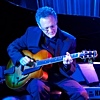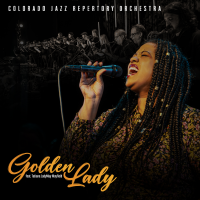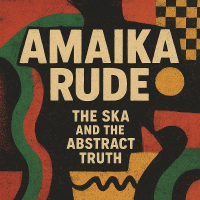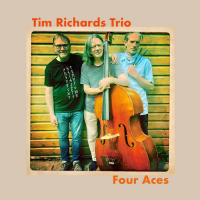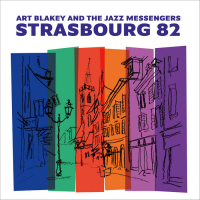Home » Jazz Articles » Album Review » Ann Hampton Callaway: Fever: A Peggy Lee Celebration
Ann Hampton Callaway: Fever: A Peggy Lee Celebration
Those same qualities are gloriously evident in Ann Hampton Callaway's well-chosen celebration of Lee. Just in case the listener were inclined to miss them, Callaway's version—and it is her version—of "Fever" includes a wry commentary on Lee's first marriage to guitarist Dave Barbour, when she was in her apprenticeship to Benny Goodman in the 1940s. It is a nod to Lee's songwriting as well, like "Captain John Smith and Pocahontas," that Lee apparently added. It is instructive to listen to Callaway doing "Till There Was You." This tune dates from the 1950s, and Lee sold it as a straight love song, no fireworks. Callaway gives a different impression, regret perhaps. When you think of Lee as the voice of experience as in "Is that All There Is?," Calloway's quality is strikingly different. It is the same on "Folks Who Live on the Hill." Lee could have been looking into the future, but Callaway leaves the impression that she has seen it all.
"Black Coffee" has been done by so many artists since Sarah Vaughan that it would take a book to compare them. Callaway gives it a solid blues treatment, and like some others, she has the right voice for it, down and dirty. Lee pretty much did it that way too, but not every singer has. Callaway is true to the original, but then so was Lee. Preference is a matter of taste. On the other hand, some of the material is, well, if not obscure, probably new to some. "The Other Part of Me," for instance, or "Johnny Guitar," is presumably related to a Joan Crawford film made in 1954 about the risks an independent woman had to take on the Wild West. Lee started young and had a long career that included acting. Not everyone will be familiar with her entire trajectory, or coded allusions to aspects of her personal life.
As for Callaway, this recording only goes to show she has not chosen to coast on past successes, of which there have been many. She is, like Lee, quite versatile, ranging far beyond basic blues, and very much her own singer and songwriter, no matter who her formative influences were. There are plenty of subtle clues about Callaway's outlook in her singing: anyone who can do a song like "Thoughts and Prayers" is not about to compromise artistry or talent for anyone. Nor, one suspects, would Peggy Lee either. Jazz can be complicated, and so too, its best exponents.
Track Listing
Fever; Till There Was You; The Glory of Love; The Folks Who Live on the Hill; Sing a Rainbow; I Don't Know Enough About You; Clair de Lune; Black Coffee; I Love Being Here With You; Johnny Guitar; Where Can I Go Without You; This is A Very Special Day/It's a Good Day; Angels on Your Pillow.
Personnel
Ann Hampton Callaway
vocalsJohn Pizzarelli
guitarTed Rosenthal
pianoMartin Wind
bass, acousticTim Horner
drumsBob Mann
guitarAlbum information
Title: Fever: A Peggy Lee Celebration | Year Released: 2023 | Record Label: Palmetto Records
Tags
PREVIOUS / NEXT
Support All About Jazz
 All About Jazz has been a pillar of jazz since 1995, championing it as an art form and, more importantly, supporting the musicians who make it. Our enduring commitment has made "AAJ" one of the most culturally important websites of its kind, read by hundreds of thousands of fans, musicians and industry figures every month.
All About Jazz has been a pillar of jazz since 1995, championing it as an art form and, more importantly, supporting the musicians who make it. Our enduring commitment has made "AAJ" one of the most culturally important websites of its kind, read by hundreds of thousands of fans, musicians and industry figures every month.








